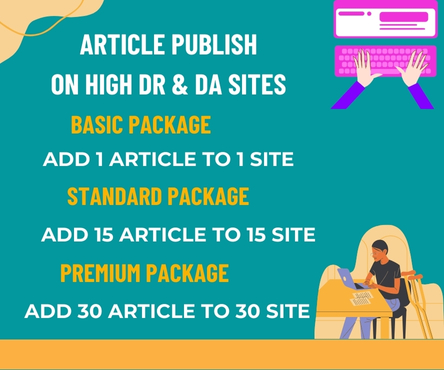When you are injured due to the negligence of someone else, navigating the legal system can be a daunting experience. The process of seeking justice through the court system often involves complex legal procedures and thorough preparation. Personal injury lawyers play a pivotal role in guiding their clients through these processes, ensuring their case is presented effectively in front of a judge and jury. Here’s a closer look at how a personal injury lawyer prepares for trial, outlining the essential steps involved in the litigation process. Visit now Houston Personal Injury Lawyer
Initial Consultation and Case Assessment
The first step in any personal injury case is the consultation between the client and the lawyer. During this initial meeting, the lawyer will evaluate the details of the incident, including how the injury occurred, the severity of the injury, and whether the party at fault can be held liable. It is crucial that the lawyer gathers as much information as possible, such as medical records, witness statements, and accident reports. This helps them determine if there is enough evidence to move forward with the case and what legal strategy will be most effective.
Investigating the Case
Once the lawyer has decided to move forward with the case, they begin a comprehensive investigation. This includes gathering evidence such as police reports, medical records, photographs, and any other materials that could substantiate the claim. They may also interview witnesses or consult with experts, such as medical professionals or accident reconstructionists, to further strengthen their case. The lawyer’s goal is to gather all relevant facts to build a compelling narrative that supports their client’s claims.
Filing the Lawsuit
If settlement negotiations fail, the lawyer will file a formal lawsuit. This marks the official start of the litigation process. The lawsuit will detail the facts of the case, the legal basis for the claim, and the compensation being sought. After the lawsuit is filed, the opposing party is given a chance to respond. This often leads to a process called discovery, where both sides exchange information, documents, and depositions to better understand the strengths and weaknesses of each other’s case.
Discovery Process
Discovery is an essential part of the litigation process. During this phase, both sides have the opportunity to request documents, conduct interviews with witnesses, and gather further evidence. This can involve written interrogatories, where the opposing party is asked to answer specific questions under oath, or depositions, where witnesses are questioned in person or by video. A skilled lawyer uses discovery to uncover information that may strengthen their case or expose weaknesses in the defense’s argument.
Pre-Trial Motions and Settlement Negotiations
In the lead-up to trial, a personal injury lawyer will often engage in settlement negotiations with the opposing party. Settlement discussions aim to reach an agreement before the case reaches trial, saving both parties time and money. If a settlement is not possible, the lawyer may file pre-trial motions, which request the court to make specific decisions about the case. These motions can address issues like the admissibility of certain evidence or requests for summary judgment, where one party asks the court to rule in their favor without the need for a trial.
Preparing for Trial
If the case proceeds to trial, the lawyer will begin extensive trial preparation. This involves organizing all the evidence, preparing witnesses for testimony, and creating a clear, persuasive argument to present in court. The lawyer will work with experts to ensure their opinions are presented in the most effective manner, and they will prepare to counter any arguments from the opposing side. Mock trials or focus groups may also be used to test how the jury might respond to different aspects of the case.
Trial and Closing Arguments
On the day of the trial, the lawyer presents the case to the judge and jury, beginning with an opening statement that outlines the key facts and evidence. Over the course of the trial, the lawyer will present witness testimony, introduce physical evidence, and argue legal points. After both sides have made their cases, the lawyer will deliver a closing argument, summarizing the key evidence and asking the jury to return a verdict in favor of their client.
Conclusion
The litigation process is a multi-step journey that demands a great deal of skill and preparation from a personal injury lawyer. From initial consultations to trial, every step is crucial in ensuring the best possible outcome for the client. By investigating the case, gathering evidence, negotiating settlements, and preparing thoroughly for trial, a personal injury lawyer plays a central role in securing justice for those who have suffered harm due to the negligence of others.

